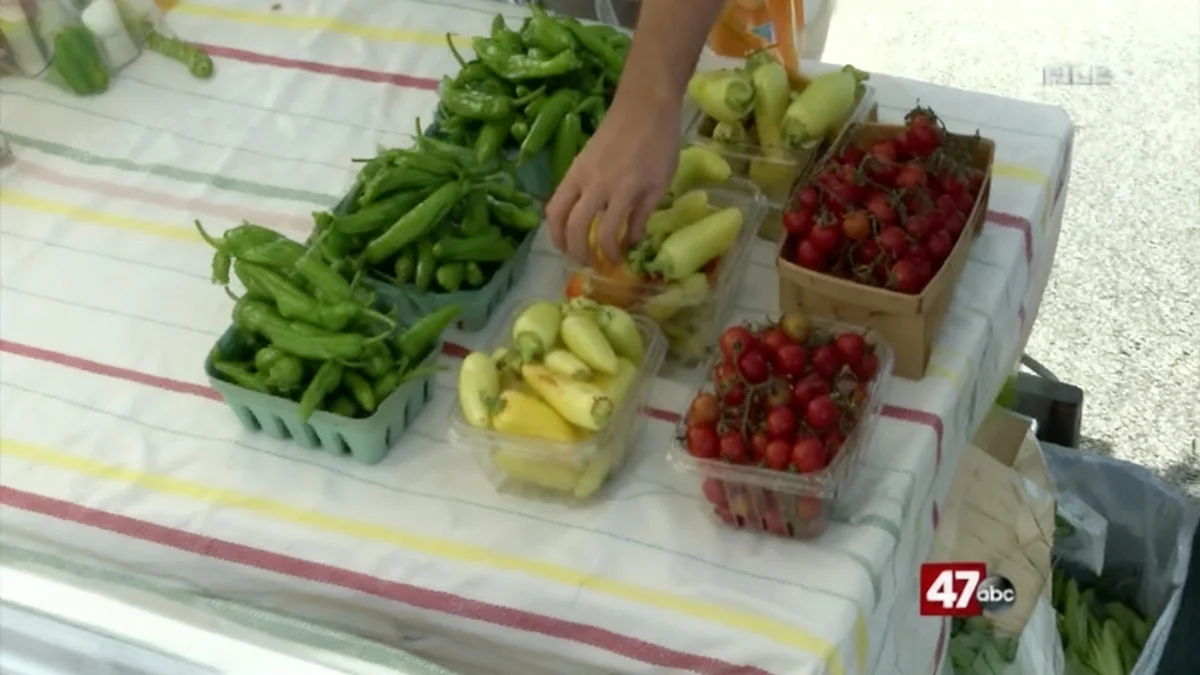Increased federal immigration enforcement is creating a climate of fear across Chicago and its suburbs, directly affecting school communities. Families are altering daily routines, students are experiencing heightened anxiety, and schools are reporting a rise in absenteeism as a result of U.S. Immigration and Customs Enforcement (ICE) activities in the area.
Since the start of a federal initiative called “Operation Midway Blitz” in September, more than 800 arrests have been made in the Chicago region, according to the Department of Homeland Security. This has prompted widespread concern among parents, leading many to keep their children home from school and avoid public spaces.
Key Takeaways
- Over 800 immigration-related arrests have occurred in the Chicago area since a federal operation began in September.
- Parents report significant fear of being targeted by ICE agents during school drop-off and pickup times.
- Chicago Public Schools and suburban districts are experiencing increased student absenteeism and anxiety.
- Community groups are organizing volunteer patrols and “walking school buses” to ensure student safety.
- Experts warn of long-term psychological and academic consequences for children living in constant fear.
Schools and Families on High Alert
The daily routine of picking up children from school has become a source of stress for many parents. Monica Perez, a mother of seven, described feeling scared during the short walk home from Funston Elementary in Logan Square. “I’m scared right now, but I had to bring them,” she said, explaining that she had kept her younger children home the previous day after hearing about ICE activity near the school.
Her family is not alone. Across the city, parents are taking extra precautions, with some opting to keep their children out of school altogether. Schools have noted a growing number of students walking to and from campus by themselves as their parents fear being detained.
District-Wide Response
In response to the growing crisis, Chicago Public Schools (CPS) is taking steps to support its students and staff. Macquline King, the interim CPS Superintendent, announced that the district’s 24-hour Student Safety Center will now have a dedicated team to handle incidents involving federal law enforcement. Schools have also been instructed to create and practice specific protocols for ICE-related situations.
Community Mobilization Efforts
Local communities have organized to protect students and their families. Following an incident where federal agents used tear gas near Funston Elementary during school hours, volunteers quickly established a presence around the campus. The agents reportedly deployed the chemical irritant when bystanders obstructed their vehicle.
Volunteers Create Safe Passages
Evelyn Medina, who owns a gift shop next to the school, began distributing whistles, flyers, and “ICE Out!” signs to community members. The tear gas from the nearby incident had drifted into her store, but her primary concern was the children. “I was afraid for the children,” Medina stated. “I think at this point, we have to do what we can to protect each other.”
Carson Bell, whose wife is a special education assistant at Funston, joined other volunteers holding signs and watching for federal agents during dismissal. “It’s scary, because of how the targeting has ramped up around schools,” Bell said. He instructed others to use their whistles to alert school staff if they saw any enforcement activity.
Innovative Safety Measures
In other neighborhoods, parents are creating organized walking groups. At Hibbard Elementary in Albany Park, parents have started a “walking school bus,” where adults chaperone groups of children along a designated route to and from school. “It has been really an enormous effort, and we’ve been talking about how we can make it more sustainable,” said Maggie Cullerton Hooper, a parent representative on the school's council.
Impact Extends to Suburban Districts
The anxiety is not confined to Chicago. School districts in surrounding suburbs, especially in predominantly Latino communities to the south and southwest, are reporting similar challenges. Even in northern suburbs, school officials have received calls from parents worried about their children’s safety at bus stops.
Marisa Mills, a seventh-grade teacher at Unity Junior High in Cicero and president of the local teachers' union, said students frequently express their fears. “I’ve had students tell me, ‘I’m really worried about my family… I’m scared that something is going to happen,’” Mills shared. “To hear that come from one of your kids is devastating.”
“It’s just hard. All the time, he’s like, ‘Mom, what about if they deport my friends? Why is all this happening?’ Sometimes it’s hard to answer him.”
Marlene Diaz, a mother from Cicero, now drives her 10-year-old son to school, even though they live just two blocks away. She said he is too afraid to walk and constantly sends her text messages asking to be picked up early. Some of his classmates have been absent for weeks.
The Psychological and Academic Toll on Children
Child development experts warn that the persistent fear of immigration enforcement can have severe consequences for children's well-being and education. Chronic stress can lead to behavioral problems and long-term health issues.
Understanding Ambiguous Loss
Dr. Rebecca Ford-Paz, a clinical child psychologist at Lurie Children’s Hospital of Chicago, explained that the deportation of a family member can cause “ambiguous loss.” This form of grief lacks closure because the child does not know if or when they will see their loved one again. “Unlike death, where a kid can process grief, ambiguous losses are in limbo,” she said. “That creates persistent anxiety.”
This anxiety directly impacts the learning environment. According to Rebecca Vonderlack-Navarro of the Latino Policy Forum, the increased ICE presence is contributing to chronic absenteeism, which was already a problem following the COVID-19 pandemic. High rates of absenteeism are strongly linked to lower academic performance and a higher risk of dropping out.
“This is the antithesis of a safe and steady and inclusive learning environment that students need to do well successfully,” Vonderlack-Navarro said.
Calls for Stronger District Protections
As the situation continues, parents and community organizations are demanding more from CPS. The Chicago Teachers Union has called on the district to prepare for remote learning options. Other requests include the expansion of designated safe zones around schools and automatically excusing absences for students whose families are afraid to send them.
During a recent Board of Education meeting, Kia Banks, president of the Chicago Principals & Administrators Association, highlighted the pressure on school leaders. She criticized the district’s focus on attendance metrics during the crisis. “It is tone-deaf right now to ask about enrollment and attendance when parents are afraid to take their children to school,” Banks told the board.
For parents like Monica Perez, the daily struggle continues as they navigate an environment filled with uncertainty. Clutching a bag of groceries to minimize her trips outside, she wondered aloud, “What else can we do?” before guiding her children home.





